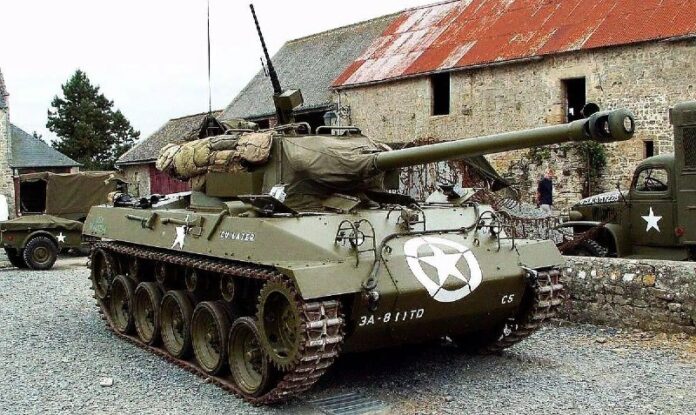🇺🇸 🇬🇧 WHAT THE WW2 STURMGESCHÜTZ ASSAULT GUN TELLS US ABOUT CONTEMPORARY TANK NEEDS Part One ⬛️ “What was the best German tank of the Second World War?” But “best” is a subjective word that means different things to different to people. If it means what…
What the WW2 Sturmgeschütz Assault Gun Tells Us About Contemporary Tank Needs
Part One
“What was the best German tank of the Second World War?” This is a question that has been asked countless times by historians, military strategists, and enthusiasts alike. But the answer to this question is not as clear-cut as one might think. The concept of “best” is subjective and can vary depending on the criteria used to evaluate it.
When discussing tanks of the Second World War, one cannot overlook the Sturmgeschütz assault gun, commonly known as the StuG. While not technically a tank, the StuG played a crucial role in the German army’s armored forces during the war. It was designed to provide direct fire support to infantry units and was used effectively in both offensive and defensive operations.
The StuG was not as heavily armored or armed as the more famous German tanks such as the Tiger or Panther, but it was highly mobile and reliable. Its low profile and simple design made it well-suited for urban combat and ambush tactics. The StuG was also cheaper and quicker to produce than traditional tanks, making it a cost-effective option for the German army.
So, what does the StuG tell us about contemporary tank needs? In today’s modern warfare environment, the role of tanks has evolved significantly. While heavy armor and firepower are still important, mobility, versatility, and cost-effectiveness have become equally crucial factors to consider.
Contemporary tanks need to be able to operate in diverse and challenging environments, from urban areas to rugged terrain. They need to be adaptable to various combat situations and be able to support infantry units effectively. At the same time, they must be affordable to produce and maintain, especially in an era of shrinking defense budgets.
The StuG’s success in World War II highlights the importance of versatility and cost-effectiveness in tank design. While heavy tanks like the Tiger and Panther may have captured the imagination of many, it was the humble StuG that proved to be a more practical and effective weapon on the battlefield.
In Part Two of this article, we will further explore the lessons that the StuG can teach us about contemporary tank needs and discuss how modern tank designers can learn from the past to create more effective and efficient armored vehicles for the future. Stay tuned for more insights and analysis on this fascinating topic.

